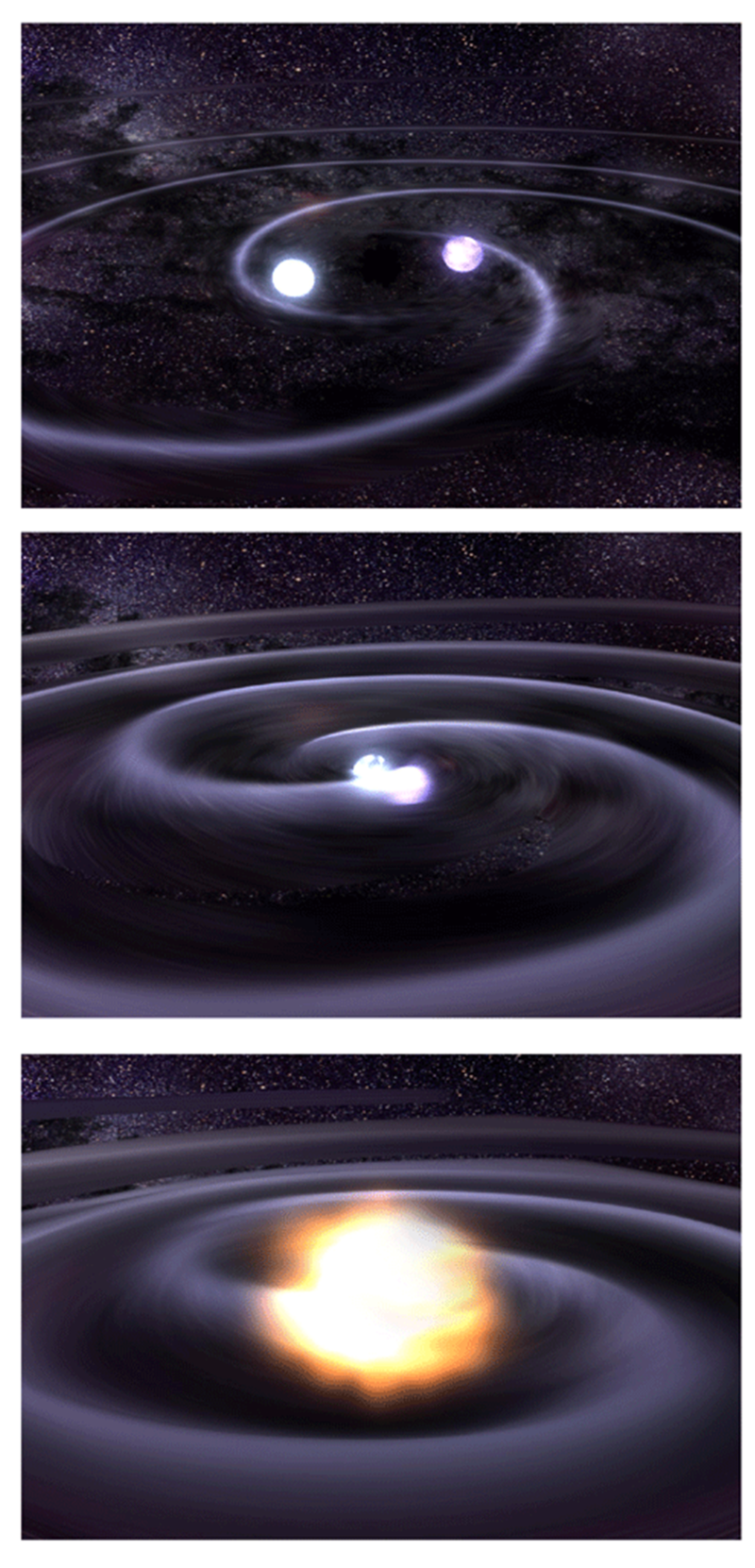
A bright supernova has appeared this week in the galaxy known as M82, or the "cigar galaxy." M82 is a starburst galaxy about 12 million light years away. On a cosmic scale, this is right in our backyard. In fact it is the closest supernova we've had since 1993.
If you've ever wanted to view a supernova (and you live in the Northern hemisphere) then now is your chance. M82 is in the constellation Ursa Major. If you find the big dipper, then it is diagonally up and away from the handle about the distance of the pan. Click here to consult star chart. It is a bright galaxy, so it is pretty easy to find with a pair of binoculars or a small telescope. This new supernova about magnitude 11, so is bright enough to view with a small telescope. See observing sketch of M82 SN by Roger Ivester, 1/22/2014.
Although news of the supernova has just hit the media, we already know a few things about it. From its spectra we know it is a Type Ia supernova. The traditional view for Type Ia Supernovae is that they are the result of an interaction between a red giant and white dwarf in a binary system. A white dwarf is a star so dense that only pressure of electrons keeps it from collapsing under its own weight. But electron pressure can only hold up against the weight of gravity to a point: known as the Chandrasekhar limit, this is about 1.4 solar masses. If a white dwarf is in a close orbit with a red giant, some of the outer layer of the red giant can be captured by the white dwarf. The white dwarf then gains mass until it is pushed past the Chandrasekhar limit, resulting in runaway fusion that causes the white dwarf to explode.
But new evidence indicates that Type Ia supernovae are due not to a white dwarf being pushed past its limit, but rather due to a collision of two white dwarfs. Often, two white dwarfs in a close binary have a third star orbiting the pair. As this third star gravitationally interacts with the binary dwarfs, it can cause their orbits to degrade to the point where they collide with each other. The resulting explosion produces the supernova.
Type Ia supernovae are particularly useful to astronomers because they always explode with a similar luminosity. This means we can observe how bright the supernova appears and compare it with the actual brightness to determine its distance. Supernovae such as this one help astronomers determine the distance to M82 and other galaxies as distant as billions of light years.
Whenever a "close" supernova occurs, there's often speculation about when one will be visible in our galaxy. It turns out we're long overdue for one. In November of 1572 Wolfgang Schuler observed a supernova in the constellation of Cassiopeia. A few days later it was observed by Tycho Brahe, who began taking careful observations of this visiting star, which came to be known as Tycho's supernova. About 30 years later, in 1604, Kepler observed a supernova in the constellation of Ophiuchus. Since then, there hasn't been an observed supernova in our galaxy, which is unfortunate and a little perplexing.
Studies indicate that a galaxy of our size and type should have a supernova about once every 50 years. That we haven't seen another in 400 years seems to indicate that there's a crucial aspect of supernova physics we don't understand. Either that, or astronomers are having a 400 year long streak of bad luck.
Another topic that often gets raised is whether a supernova could occur close enough to threaten life on Earth. It turns out there is no need to worry. Although supernovae can outshine an entire galaxy at maximum brightness, one would probably need to be closer than 100 light years or so to pose any threat. Of the stars we know that could become a supernova, the red giant star Betelgeuse is perhaps the closest, at a distance of 650 light years. At some point in the next several millennia Betelgeuse will go supernova, and when it does it would have an apparent magnitude of about -11. That is brighter than any star or planet in our sky, but it isn't quite as bright as a full moon.
So even if Betelgeuse does explode in the near future, it won't be the end of the world. It will just be a short lived beacon in our night sky, casting shadows on moonless nights.
Have you observed the supernova in M82? Let us know if you see it, and what you used to find it.
Read more articles by Brian Koberlein here.
Brian Koberlein is an astrophysicist and physics professor at Rochester Institute of Technology. When he's not professing, he writes about astronomy and astrophysics. He is also the author of Astrophysics Through Computation.




















